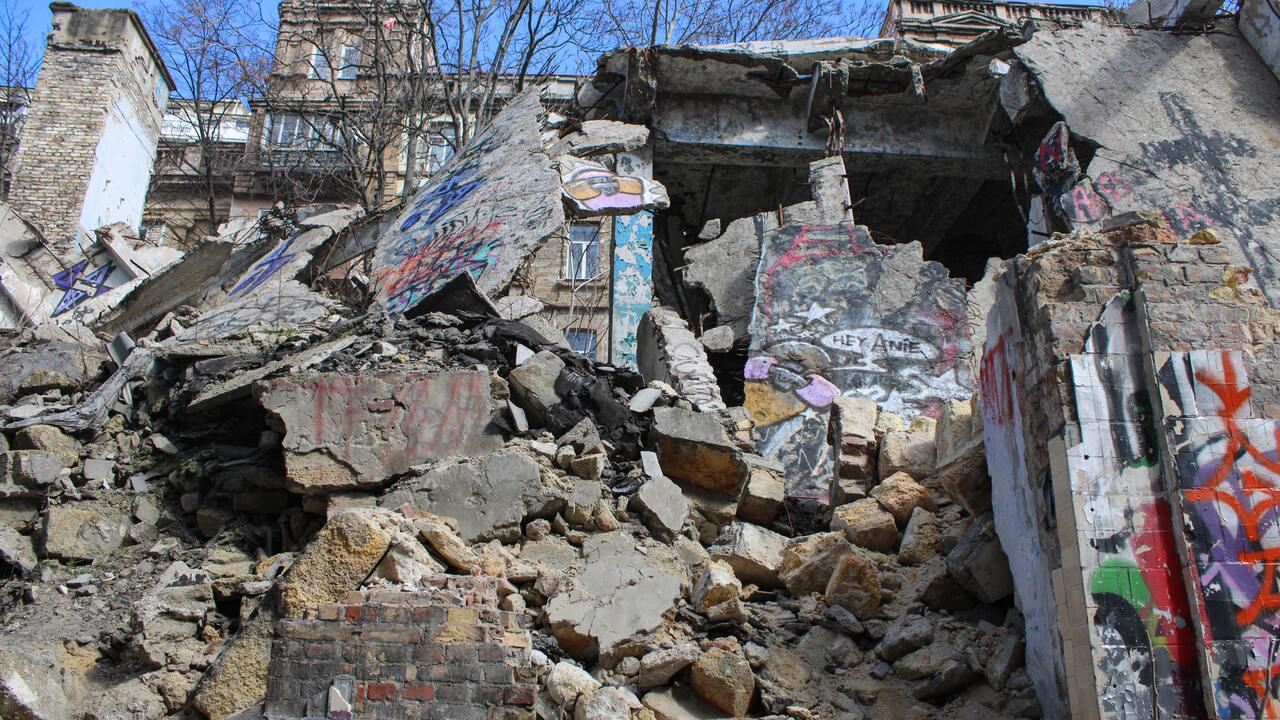This region of Turkey is located at the intersection of three tectonic plates: Anatolian, Arabian and African. Arabia is moving north towards Europe and pushing the Anatolian Plate (on which Turkey is located) westward.
The movement of tectonic plates puts pressure on the fault zones at their boundaries. This is what causes earthquakes. The last earthquake probably occurred on one of the main faults that marked the boundaries between the Anatolian and Arabian plates: either the East Anatolian fault or the Dead Sea transform.
It is also noted that smaller earthquakes, known as aftershocks, often occur after large earthquakes. The fact is that the earth’s crust adapts to changes. Aftershocks can last from days to years after the initial event.
Source: Ferra
I am a professional journalist and content creator with extensive experience writing for news websites. I currently work as an author at Gadget Onus, where I specialize in covering hot news topics. My written pieces have been published on some of the biggest media outlets around the world, including The Guardian and BBC News.










